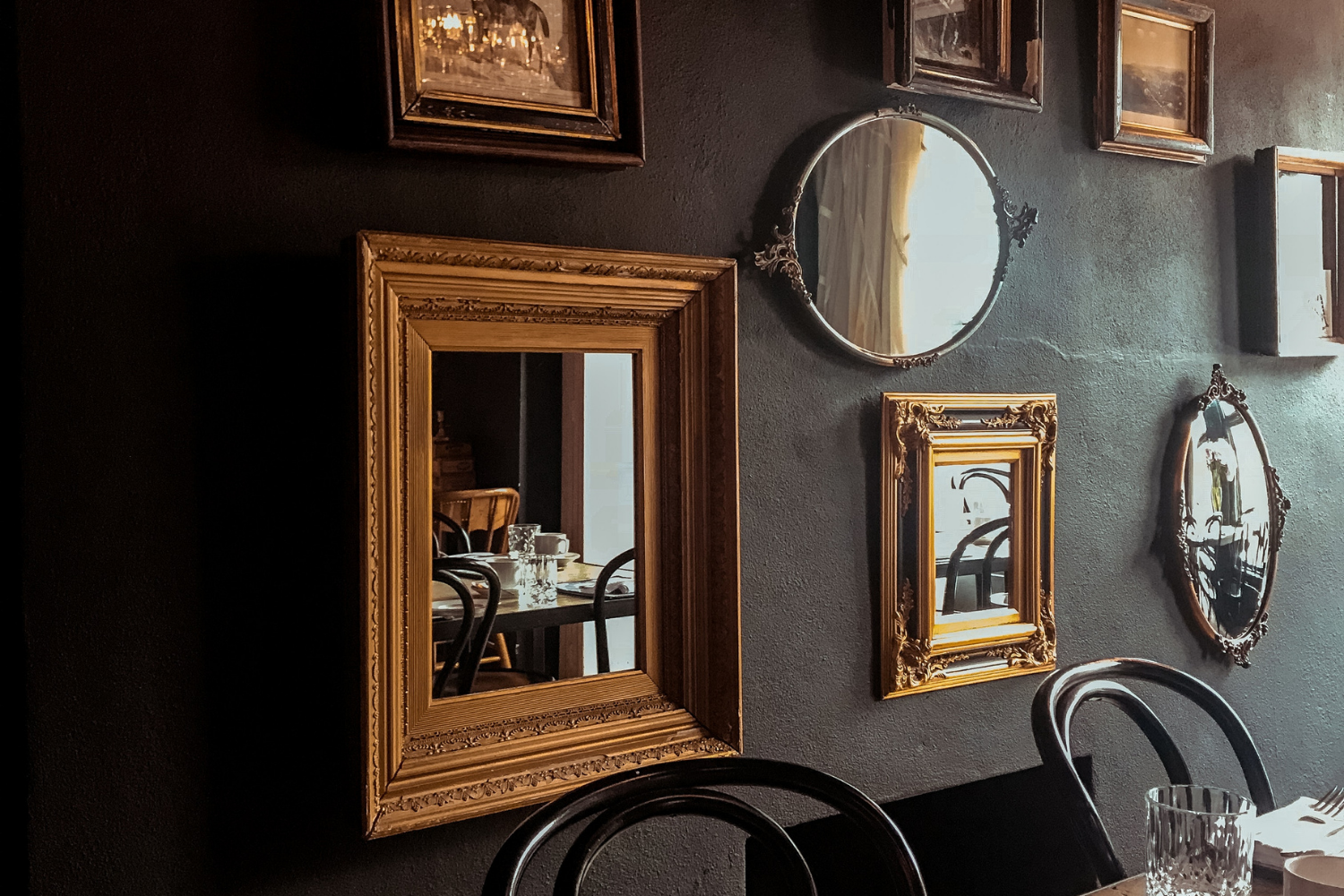
Dispelling Urban Myths about Mirrors
Designer mirrors, and just mirrors in general, are great pieces for capturing the attention and imagination of visitors and colleagues. This is because they straddle the line between a simple object of furniture and a work of art, never quite being either but having the effects of both.

A lot of this comes from their reflective surface. Humans love their reflections and love seeing other objects being reflected as well. The almost out-of-body experience of seeing yourself in a mirror can be timeless, with artists and storytellers trying to expand on the experience for hundreds, if not thousands of years.

It’s little wonder, then, that mirrors have become the center of many urban myths and superstitions. Their properties’ mystery is too tempting for many people to see them as nothing more than a simple object. But, of course, while some of these superstitions can be harmless, a lot of them can lead to bad decision-making when it comes to creating the right décor.
In this blog, we’re going to explore the major superstitions associated with mirrors and explain why these may not be applicable or how believing some things can lead to poor decorating decisions.
Seven Years Bad Luck

Let’s start with the most widespread superstition. Simply put, there has long been a belief for many that breaking a mirror can lead to seven years of bad luck in the future.
Why seven years, though? Well, the belief comes from as far back as Roman times. The ancient Romans believed that all life would renew every seven years. Breaking a mirror would upset this cycle, thus leading to a period of bad luck that would last until the next cycle.

While the Romans were pretty clever, there’s not much to back up any of their more supernatural beliefs. So the only time you should worry about what happens after you break a mirror should be immediately after it has happened. Thankfully, we have a handy guide to help you out with that.
Bloody Mary
A favorite amongst teenagers looking to get a thrill during a slumber party, the bloody Mary myth has been terrorizing children in “truth or dare” games for generations. The basic principle is that if you say “bloody Mary” thirteen times in front of a candlelit mirror, you’ll be able to summon a frightening ghost.

Look, we get it; even the prettiest designer mirror can look pretty creepy in the dark - especially when lit by a little bit of candlelight. However, the reality of this myth is that it’s just a game by kids to creep out other kids. If you’re of a particular age, then you might remember how this myth changed out “bloody Mary” for “Biggie Smalls” in the late-90s after the death of the famous rapper.

If that doesn’t have you convinced this might not be all that serious, then we don’t know what will. While this doesn’t have a tremendous impact on your décor choices, it’s probably worth it to make sure you don’t let this affect any future bathroom mirror purchases. If you’re looking for a guide, we have a blog on the topic here.

Designer antique mirrors are the kind of pieces in the home or business that can change any space they’re located in. A mirror’s ability to act as both a piece of furniture and a work of art makes them magnetic for viewers and is bound to start a conversation with visitors.
Of course, as we stressed in our previous entry, sometimes that sense of mystery and allure can have an unwanted side effect. Superstitions and urban myths seem only to multiply when concerning mirrors, with cultures and communities across the globe all having their variation.
Souls-likeness
If you’ve ever seen a vampire movie or read a version of Dracula, you’ll have probably seen the common trope of vampires not having reflections. This is commonly attributed to the idea that vampires don’t have souls.

First off, vampires are fictional creatures, with even the most ardent enthusiast finding it challenging to make a case for their existence. Beliefs surrounding reflections and their connections to souls, while indeed fascinating, are arguably not anything worth worrying about.

If you are having trouble finding your reflection in a mirror, the most likely explanation for this phenomenon is that your mirror is heavily smudged and in need of some TLC. Thankfully, we have a guide for just such a task.
Bad Energy
Most of the concerns about mirrors in the home usually center around the concept of Feng Shui, or the “Art of Placement.” Feng Shui is a Chinese philosophy and practice dedicated to the idea of creating a positive flow of energy, or “Qi,” in the home. Mirrors, even designer mirrors, have a tricky place in a home dedicated to Feng Shui, as reflectors of visuals and energy, placement for mirrors is crucial.

While it’s tempting to focus on Feng Shui as a complete guide to domestic bliss via furniture placement, the reality is that this is essentially a philosophy based on ancient Chinese customs and beliefs. So, while it may be handy as a guide for figuring out why something feels “off” in your home, it’s certainly not something to follow by the letter.

Naturally, as a philosophy, Feng Shui is a reasonably complicated system with many rules regarding how to use mirrors. If you’d like to have a more in-depth look into the idea, why not look at our guide here.
That’s it for our mirror myths and superstitions. However, if you’re finding yourself stuck trying to figure out how to best use your new designer mirror, then be sure to give our team a call or email us: support@moonmirror.co
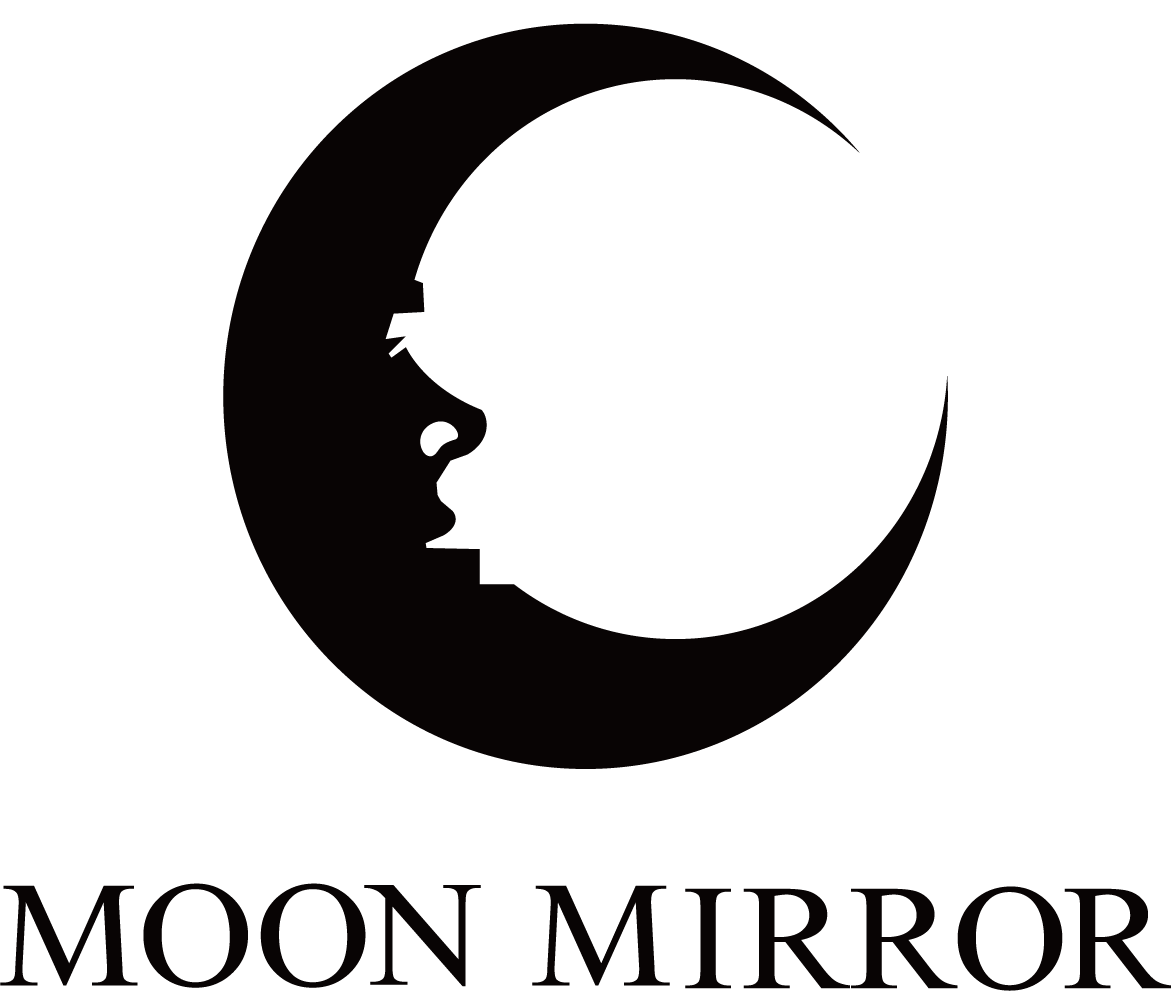
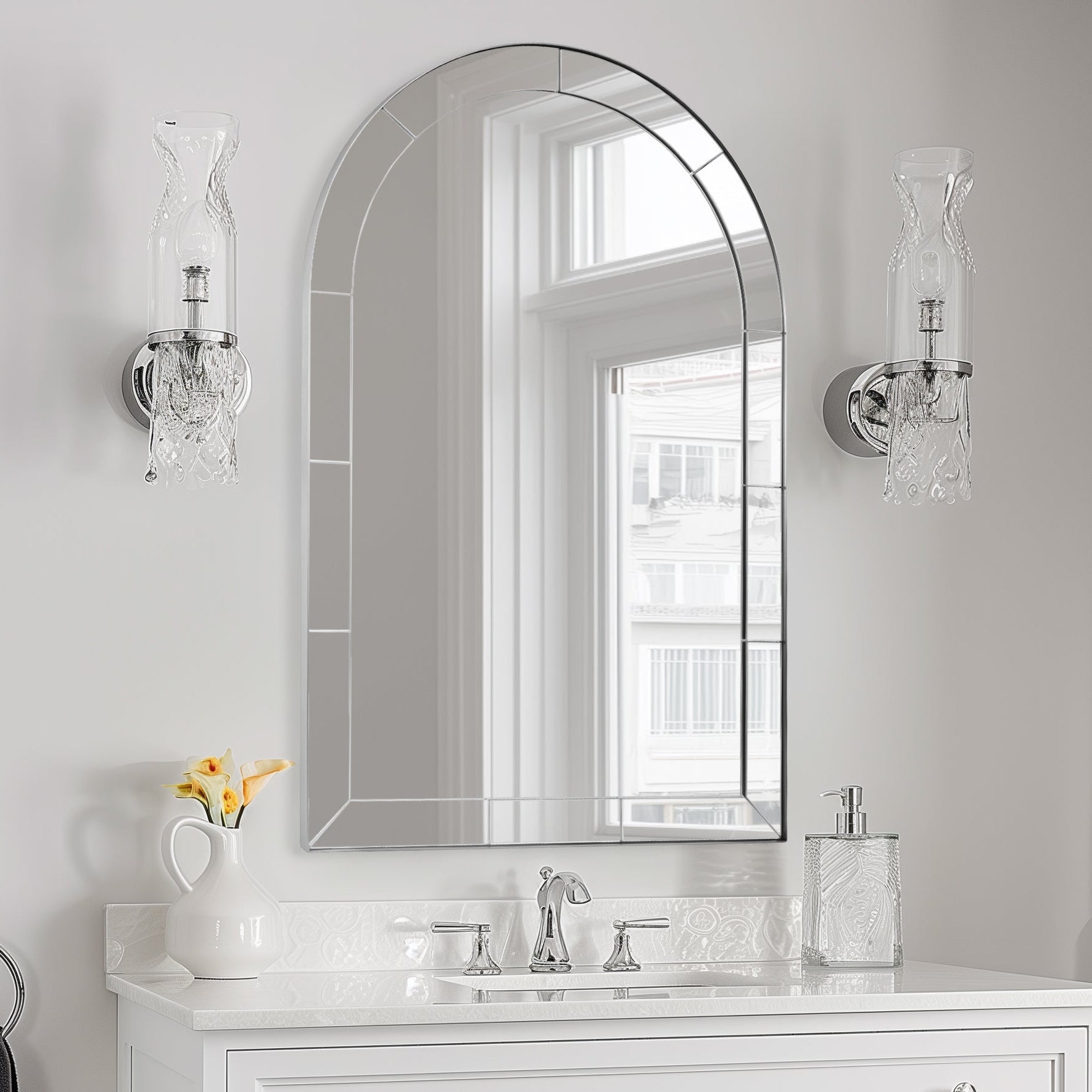


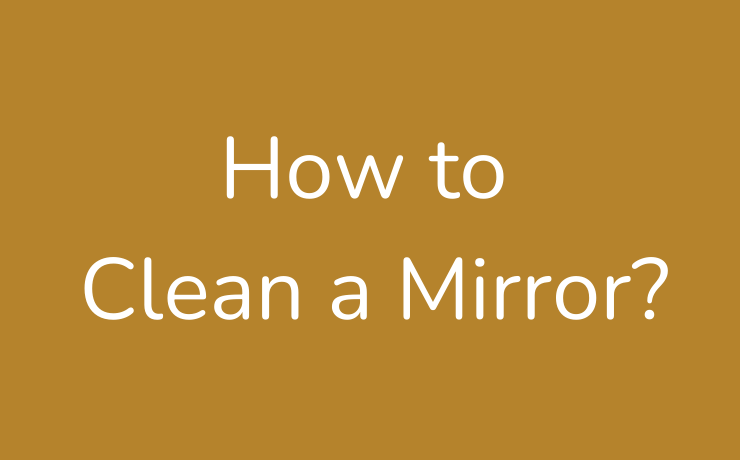




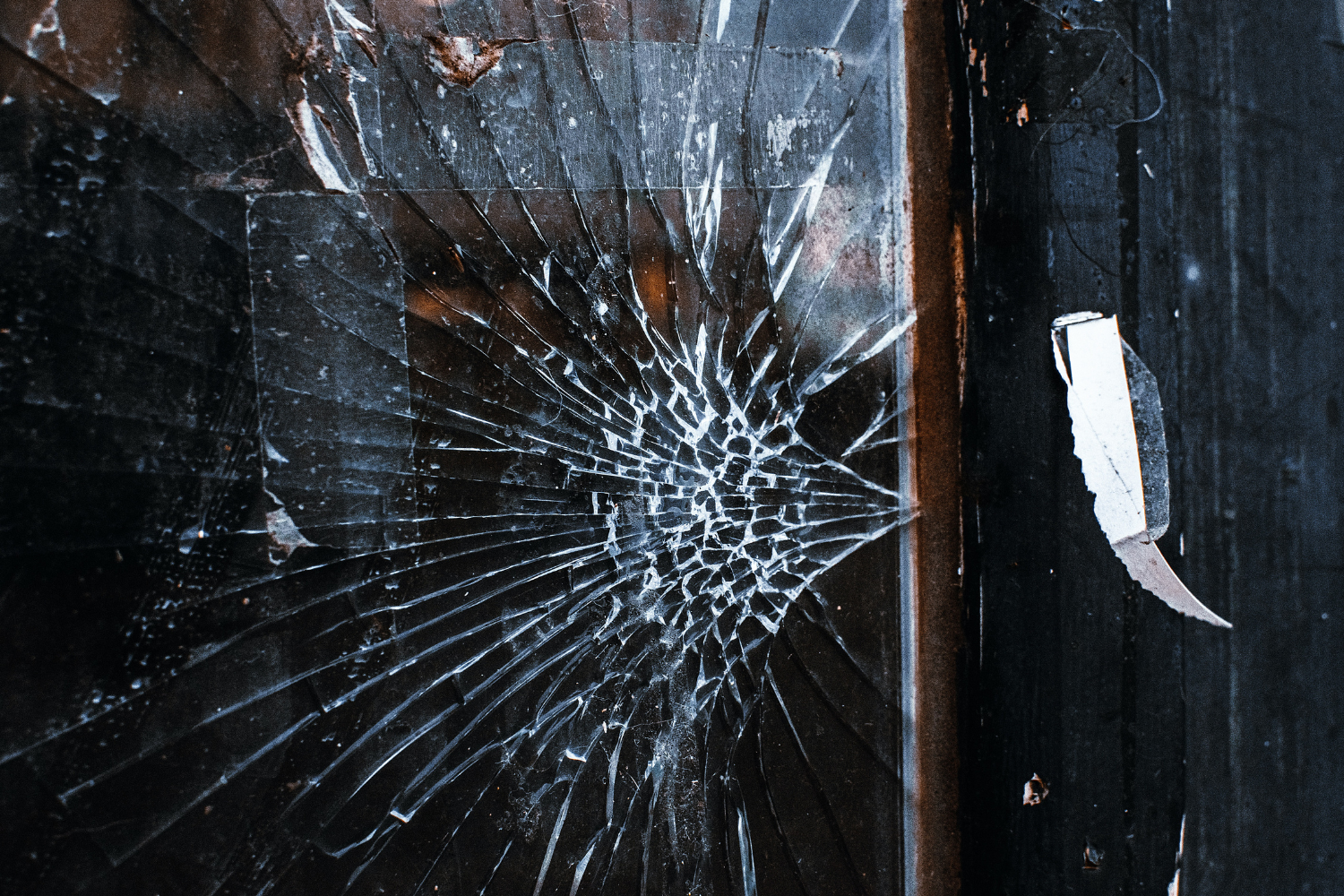











Leave a comment
This site is protected by hCaptcha and the hCaptcha Privacy Policy and Terms of Service apply.